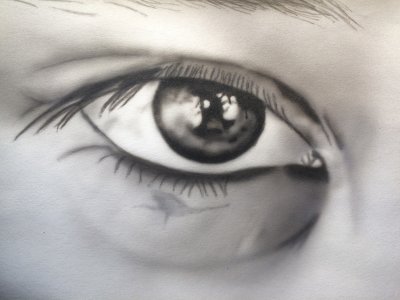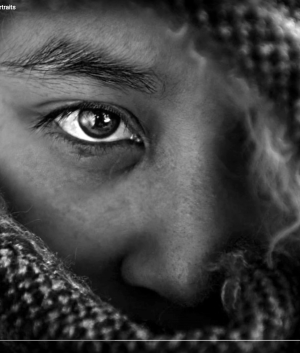airbrushingferret
Air-Valve Autobot!
Nothing worse than a confused ferret
Has the ferret confused himself from being an airbrush artist to a stand-up comedian?Nothing worse than a confused ferret
Actually, @Ronald art, you put light on some dark areas here. Thank you.let confuse you 2 a bit more
the efx is a fine art paint made to be used on paper, canvas or clay board you name it , the pS was made for textiles and can be used on hard surface like metal efx can be erased PS not so much or not at all once cured .Actually, @Ronald art, you put light on some dark areas here. Thank you.
My next question was to be "What is the actual difference between EFX and PS?", and you did a good job in break it down.
Is the EFX more a paper type of paint, since it needs to be absorbed a bit (since it's too thin), or it can be used on non porous surface, but mixed with extend air?




I can get the CM-B at around 23K yen while the CM-CP2 at around 38k yen, not including shipping and proxy fee.
You are slightly wrong in this one. Aside from the mentioned differences, they are different in the needle/nozzle size setup, which is important difference to have in mind. The needle/nozzle system is 0.18mm on CM-B, and 0.20mm on the CM-CP2. CM-CP2 can be ordered as 0.18mm, too, but based on the coastalairbrush.com that will up the price for ~$180, but then you will have CM-CP2 with both 0.20 and 0.18 setup. I am not sure if your seller has that option.So the Mac valve and cup size aside, the CM-B is exactly the same as the CP2 and perform similar?
